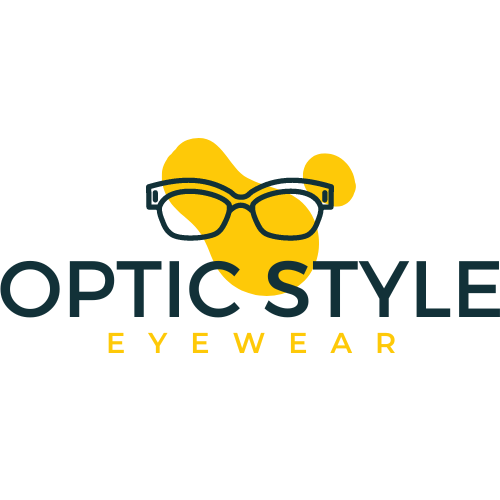Presbyopia: Reading Between the Lines
Presbyopia is a common age-related condition that affects the ability to see nearby objects clearly. Derived from the Greek words “presbys” meaning old and “opia” meaning sight, this condition usually becomes apparent in people over the age of 40. The most prominent symptom of presbyopia is the difficulty in reading small print or focusing on close-up tasks. But there is more to this condition than meets the eye. Let’s delve into the causes, symptoms, and available treatments for presbyopia.
As we age, the natural lens inside our eyes loses its flexibility and ability to change shape. This age-related hardening of the lens directly affects our eyes’ ability to focus on nearby objects. Presbyopia is an inevitable consequence of the aging process, like wrinkles or gray hair, occurring alongside other typical age-related changes in vision such as reduced night vision or a decline in color perception.
One of the earliest signs of presbyopia is the need to hold reading materials at arm’s length to see them clearly. Other symptoms may include eyestrain, headaches, and difficulty seeing objects in dim lighting. These symptoms gradually worsen over time, leading to the need for corrective measures.
Thankfully, several options are available to address this age-related vision problem. The most common solution is the use of reading glasses or bifocals. These glasses have corrective lenses that assist the eyes in focusing on close-up objects. By providing additional magnification power, reading glasses compensate for the loss of flexibility in the natural lens. Bifocals, on the other hand, consist of two parts: the upper part for distance vision and the lower part for near vision. This division allows individuals to see clearly regardless of the distance of the objects they are looking at.
Contact lenses are another popular choice in managing presbyopia. Multifocal contact lenses are designed to provide clear vision at multiple distances, allowing wearers to see both near and far objects without the need for reading glasses. These lenses have different zones that focus light at different distances, accommodating the eyes’ changing focusing requirements.
For those who prefer a more permanent solution, there are surgical options available. Laser-assisted in-situ keratomileusis (LASIK) is a popular refractive surgery that can correct presbyopia. In this procedure, a surgeon uses a laser to reshape the cornea, allowing for better focusing ability. Another surgical option is the implantation of intraocular lenses (IOLs). These small artificial lenses are surgically placed in the eye to replace the natural lens and restore focusing ability. Both LASIK and IOL implantation can significantly improve near vision, reducing or eliminating the need for reading glasses.
While presbyopia may be an inevitable part of the aging process, it does not have to be a burden on one’s quality of life. With an array of options available to correct this condition, anyone experiencing difficulty in focusing on nearby objects can find relief. Consulting with an eye care professional is the best way to determine the most suitable treatment for individual needs.
In conclusion, presbyopia is a common vision problem that affects many individuals as they age. The gradual loss of flexibility in the eye’s natural lens leads to difficulty in reading small print and focusing on close-up tasks. However, with the advancements in vision correction options such as reading glasses, contact lenses, and surgical procedures like LASIK and IOL implantation, presbyopia can be effectively managed, ensuring clear vision for all aspects of life. Remember, age is just a number, and with the right tools, clear and comfortable vision can be maintained well into the golden years.
